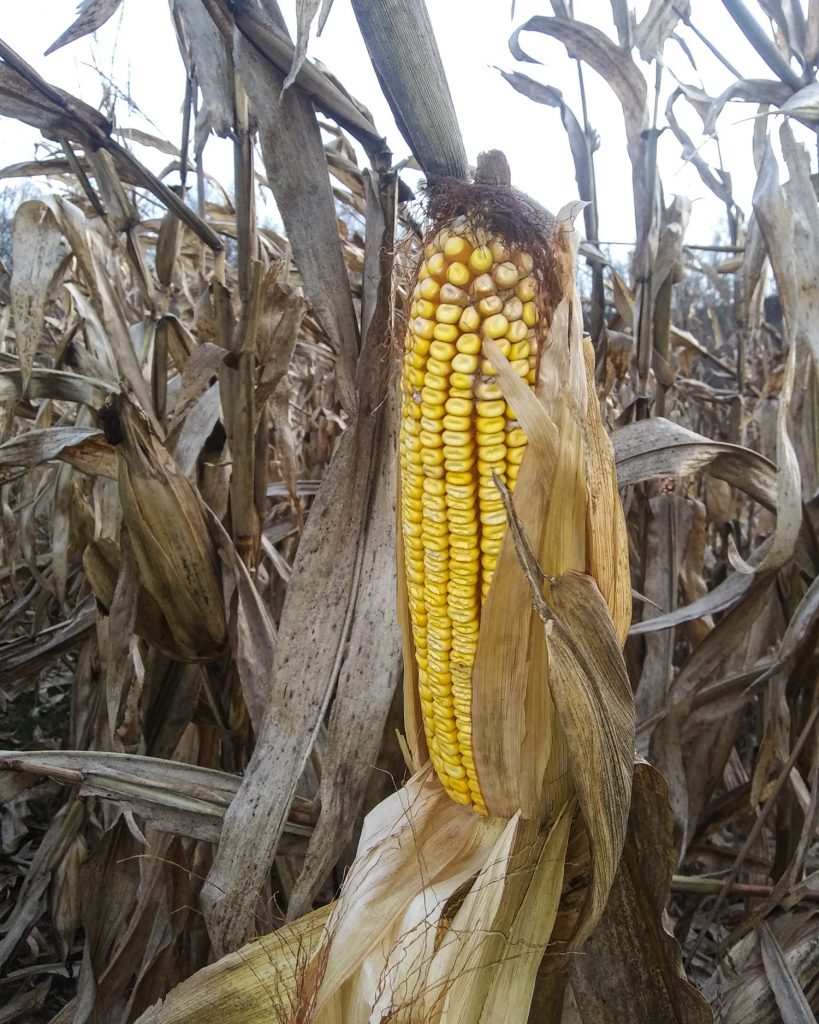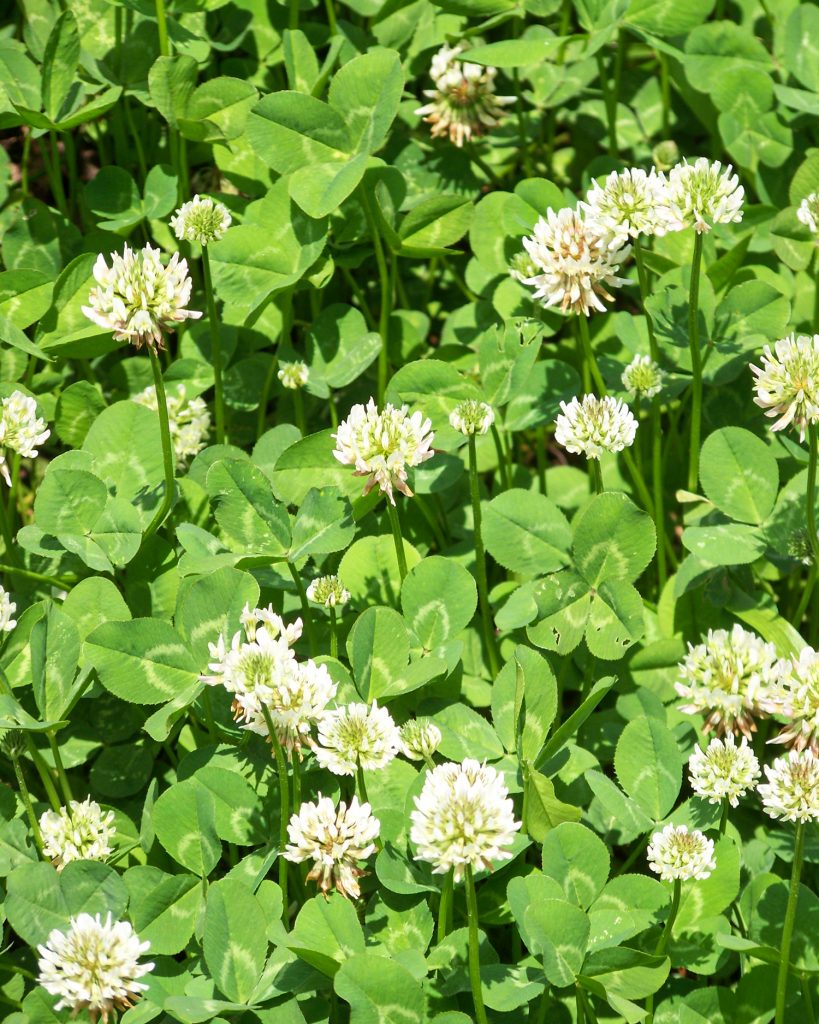What’s In Your Food Plot
Grains, legumes, or both, can provide a critical food source for wildlife on your property.
Many serious hunters devote considerable time and attention to establishing quality food plots. Food plots, both big and small, increase feeding options for local wildlife and, with the right nutrients, can help improve the quality of animals on your property.
Food plot planting options are diverse and sometimes expensive, which increases the importance of choosing the right seeds to meet your needs. Do you plant grains? Legumes? Both?
Corn, wheat and other cereal grains dominate the choices when it comes to grains. For late fall and early winter feeding, field corn is hard to beat, but it tends to have a greater effect if plot sizes are large.
Glyphosate-ready field corn, once planted and established, is truly a weekend warrior’s dream plot. Once the plot is planted and weed control initiated, field corn matures within 120 days of emergence with little or no further effort. The corn provides a decent source of protein and the standing corn stalks offer excellent cover.

Deer and other wildlife typically do not overgraze growing corn as they do with many other grains. While wildlife will feed on some of the crop as it grows, mature ears of corn are usually still hanging long after the last acorns are devoured.
Plant field corn plots in early spring so they mature before the fall seasons. The greatest downside to field corn is the fact that it is an annual, which means planting every year.
Winter wheat, rye and oat plots can also play pivotal roles in providing sustenance. Unlike field corn, wildlife will heavily graze these plants as they grow. Overgrazing and destruction of the plot is possible if the plot area is small or other nearby feeding options are limited.
The quick-germinating seeds grow tender green blades that remain palatable until late in the growing cycle. Deer and turkeys especially like these blades as the plants develop. The blades toughen as the grain heads begin maturing but the mature seeds soon become a favorite feeding option for wild turkeys, game birds and other small game. Like field corn, these grains are annuals and must be planted each year.

Legumes such as clover and alfalfa have dominated the perennial food plot world for years, largely because of their lasting appeal. Once established, each can flourish three to five years with general maintenance and upkeep.
Soils in plots planted with cereal grains for several years can be naturally strengthened by planting legumes over the area. Legumes are referred to as “nitrogen-fixing” plants since the roots naturally create nitrogen for the plants.
Besides strengthening the soil, legumes can often give wildlife year-round sustenance. For example, clover continues to grow in regions with mild winters. If planting a clover plot is in your plans, sow winter wheat along with the clover seed to act as a nurse crop. This nurse crop helps stabilize the soil and protects legume seedlings as they develop. The best plantings always are preceded by a sound plan. Assess your property’s total habitat structure, evaluating all available food sources. Select quality planting areas, outline your goals and then plant with a purpose. No matter your choice of grains or legumes or a blend of both, well-maintained food plots will enhance wildlife feeding options and bolster protein intake
CONNECT WITH US
National Wild Turkey Federation
770 Augusta Road, Edgefield, SC 29824
(800) 843-6983
National Wild Turkey Federation. All rights reserved.
